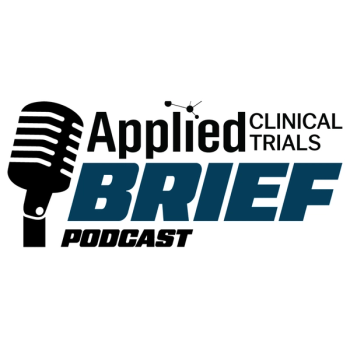
Reaching Improved Outcomes With Multiple Data Sources
In this video interview, Sujay Jadhav, CEO of Verana Health, highlights the role of real-world evidence alongside unstructured and structured data in better understanding the patient journey.
In a recent video interview with Applied Clinical Trials, Sujay Jadhav, CEO of Verana Health, discussed potential advancements the clinical research industry could see in 2025. Jadhav highlighted how unstructured data like physician notes and imaging data can be leveraged to improve disease identification and progression tracking. He also talked synthetic control arms and how they can replace expensive non-treatment arms, enhancing trial efficiency.
ACT: Can you share some examples of therapeutic areas that will benefit the most from advancements in real-world evidence (RWE)? What will its impact be in these areas?
Jadhav: One of the other therapeutic areas that we focus on is in ophthalmology. We’re using real-world data to enhance the management of conditions such as glaucoma and age-related macular degeneration. There is a heavy focus, not only on just the structured data, but also unstructured data, and curating the physician notes to help bolster certain medical variables that typically real-world data and unstructured data cannot solve. With that helping, again, improve diagnosis of patients with those particular diseases, and what we find, particularly in ophthalmology, is a lot of these diseases take a good period of time to actually progress overall. This is something where longitudinality of data is extremely important, and understanding that dynamic by bringing in both structured, real-world data, and non-structured data on a very regular refresh cadence is extremely important to make sure that that you're helping understand sort of that overall patient journey there as well, so we're seeing that a lot in some of the key disease areas in ophthalmology.
Then another area in the urology side where we're seeing real-world data being leveraged quite a bit is in bladder cancer and looking at benign prostatic hyperplasia, and offering clinical insights into treatment outcomes and disease progression there as well. By tapping, again, into the unstructured data, and what we find in urology, actually, while there is a number of structured data variables there, a lot of the insights, even more than we see in ophthalmology, are actually in the unstructured data. We are leveraging natural language processing techniques on the physician notes to identify key variables to understand this particular disease progression. This leads better patient identification for clinical trials, improved treatment decisions, and optimizing trial site selection as well.
Newsletter
Stay current in clinical research with Applied Clinical Trials, providing expert insights, regulatory updates, and practical strategies for successful clinical trial design and execution.






.png)



.png)



.png)
.png)
